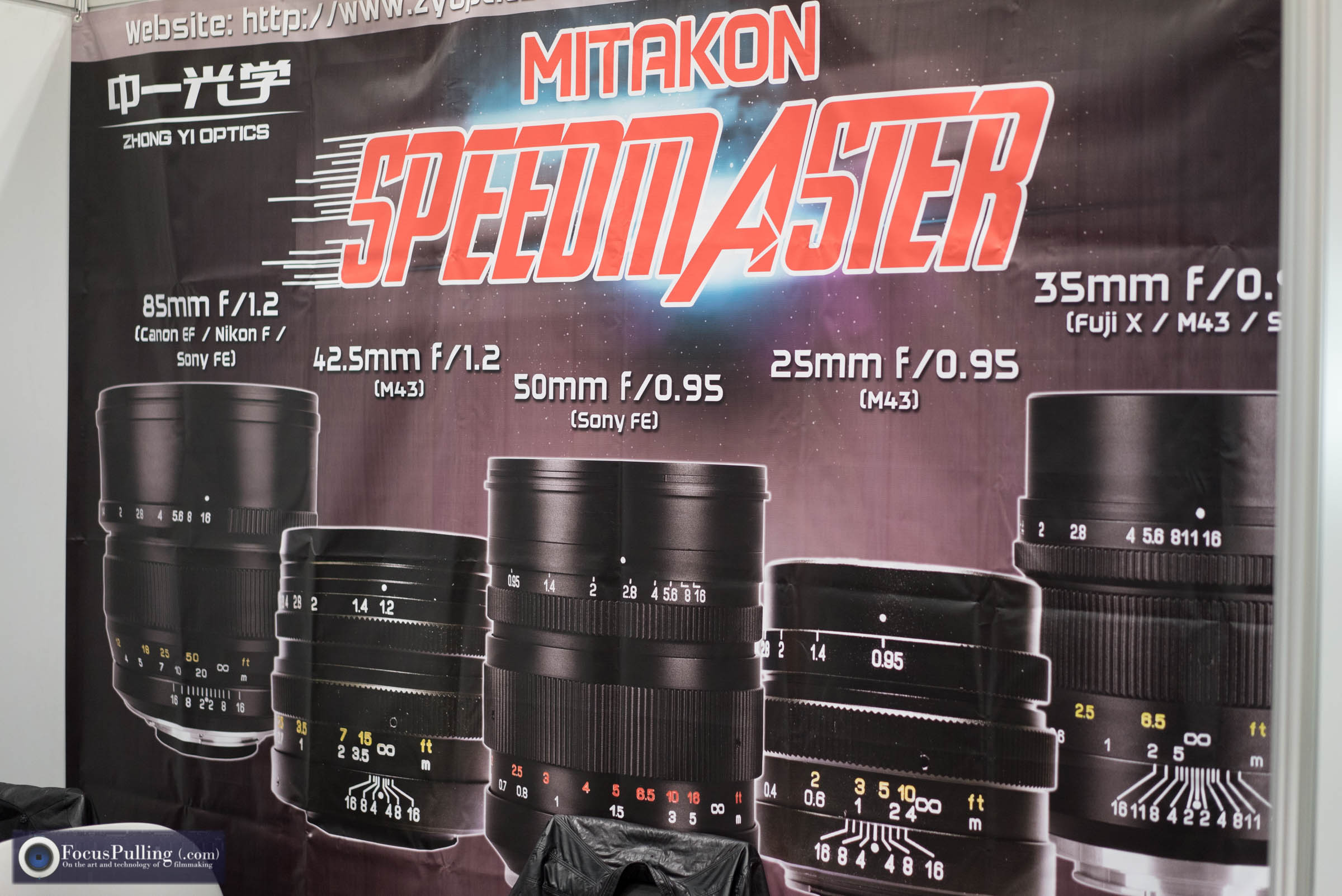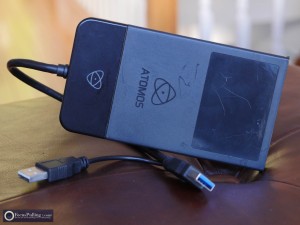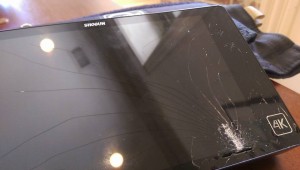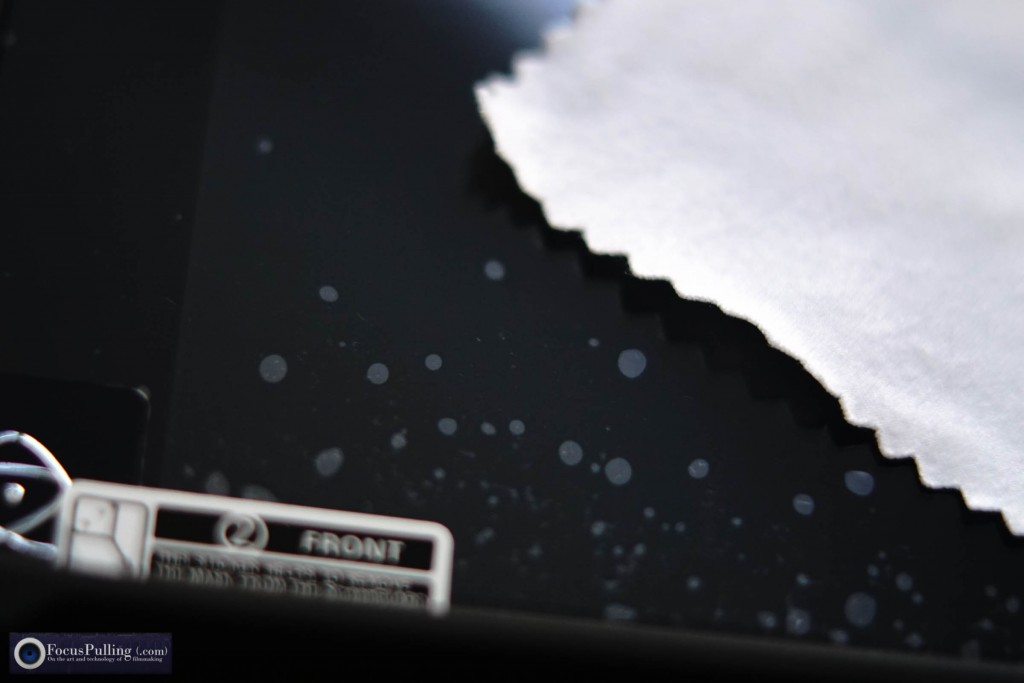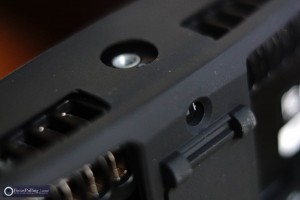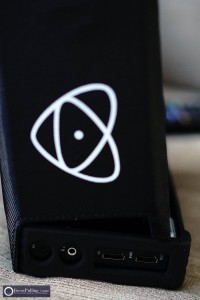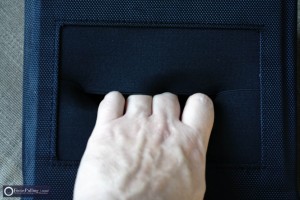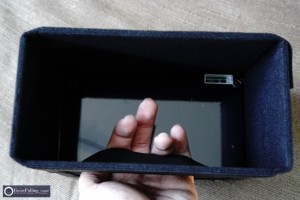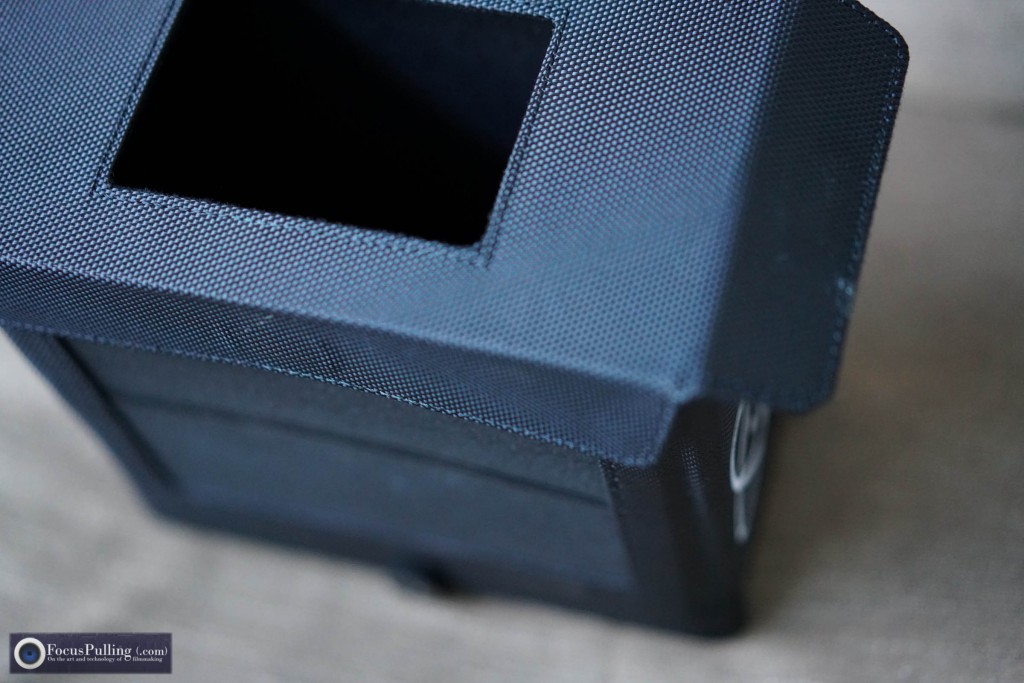I was at PhotoPlus Expo this past weekend in New York City while visiting for a film festival I was in, and with only a half-day to make my rounds among familiar faces and brands, it was all talking and no filming. Just when it occurred to me that I should interview someone, the whole thing was over, and (as you know if you’ve ever been to one of these things) at the exact closing minute, convention center crews started rolling up the carpets and unscrewing the booths.
 So, this video has pretty bad audio (even after ripping out the noisy gunk, as best as possible using Izotope RX 5), and not much happens here, but at least we get an exclusive glimpse of this exciting new miniature lens by Zhongyi. Under the name Mitakon, they’ve created an unbelievably tiny 25mm prime lens in the Micro Four Thirds format, which is on a crop lens pretty long (for example, it’s 57.5mm on a Panasonic GH4 shooting 4K video, and 75mm on a Blackmagic Pocket Cinema Camera shooting 1080p video, compared to full-frame). But without thorough testing, I could at least see that the optical quality is tack sharp, and the focus/aperture rings feel very smooth and surprisingly functional despite the tiny size of the lens barrel. Its click-less aperture ring is filmmaker-friendly, and its all-metal construction feels durable. And as you’ll see in the video, it comes in a leather case that, while not something you’d bring onto a set (dudes), does suggest the manufacturer thinks you’re special: and it’s priced generously low, at $399, which is even less than the original estimate of $499. Compare that to SLR Magic, who are starting to price their lenses into the stratosphere for no good reason…
So, this video has pretty bad audio (even after ripping out the noisy gunk, as best as possible using Izotope RX 5), and not much happens here, but at least we get an exclusive glimpse of this exciting new miniature lens by Zhongyi. Under the name Mitakon, they’ve created an unbelievably tiny 25mm prime lens in the Micro Four Thirds format, which is on a crop lens pretty long (for example, it’s 57.5mm on a Panasonic GH4 shooting 4K video, and 75mm on a Blackmagic Pocket Cinema Camera shooting 1080p video, compared to full-frame). But without thorough testing, I could at least see that the optical quality is tack sharp, and the focus/aperture rings feel very smooth and surprisingly functional despite the tiny size of the lens barrel. Its click-less aperture ring is filmmaker-friendly, and its all-metal construction feels durable. And as you’ll see in the video, it comes in a leather case that, while not something you’d bring onto a set (dudes), does suggest the manufacturer thinks you’re special: and it’s priced generously low, at $399, which is even less than the original estimate of $499. Compare that to SLR Magic, who are starting to price their lenses into the stratosphere for no good reason…
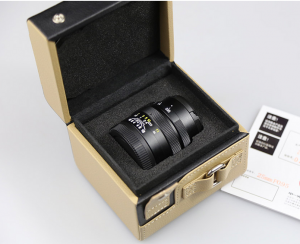 You’ll hear in the video too, that it’s shipping now from the manufacturer itself, and from B&H in the United States within the next couple of weeks.
You’ll hear in the video too, that it’s shipping now from the manufacturer itself, and from B&H in the United States within the next couple of weeks.
Since most Micro Four Thirds bodies like the Panasonic GH4 lack image stabilization, this fully manual lens at such a long focal length will be a struggle to use hand-held. But with proper mounting stabilization, this can be a winner. Consider, too, that a Micro Four Thirds sensor has one Achille’s heel: poor low light sensitivity, and thus digital noise. With enough latitude to open your aperture up to f/0.95, your footage has a fighting chance in less-than-ideal lighting conditions.
